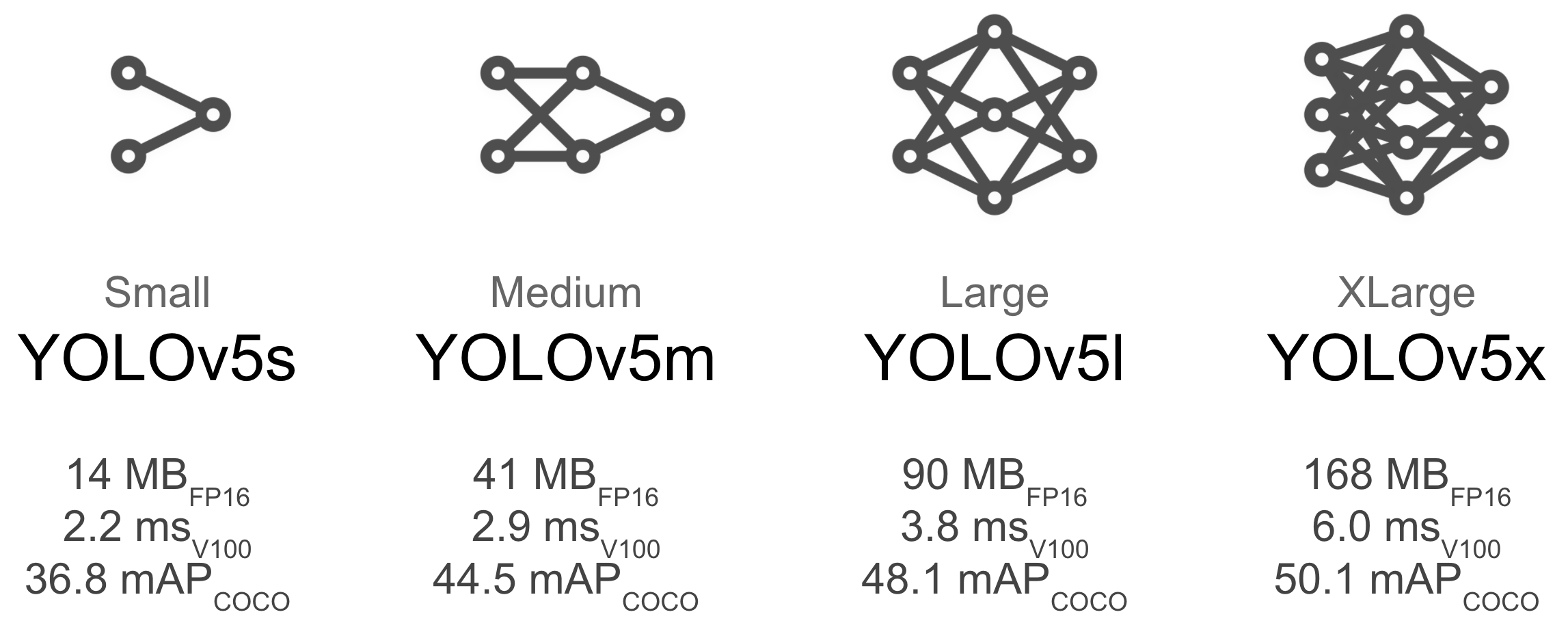-
-
Notifications
You must be signed in to change notification settings - Fork 15.9k
New issue
Have a question about this project? Sign up for a free GitHub account to open an issue and contact its maintainers and the community.
By clicking “Sign up for GitHub”, you agree to our terms of service and privacy statement. We’ll occasionally send you account related emails.
Already on GitHub? Sign in to your account
Model selection and results #2326
Comments
|
Your dataset is too small, the larger model will be under fitting. |
|
@ferro07 👋 Hello! Thanks for asking about improving training results. Most of the time good results can be obtained with no changes to the models or training settings, provided your dataset is sufficiently large and well labelled. If at first you don't get good results, there are steps you might be able to take to improve, but we always recommend users first train with all default settings before considering any changes. This helps establish a performance baseline and spot areas for improvement. If you have questions about your training results we recommend you provide the maximum amount of information possible if you expect a helpful response, including results plots (train losses, val losses, P, R, mAP), PR curve, confusion matrix, training mosaics, test results and dataset statistics images such as labels.png. All of these are located in your We've put together a full guide for users looking to get the best results on their YOLOv5 trainings below. Dataset
Model SelectionLarger models like YOLOv5x will produce better results in nearly all cases, but have more parameters and are slower to run. For mobile applications we recommend YOLOv5s/m, for cloud or desktop applications we recommend YOLOv5l/x. See our README table for a full comparison of all models. To start training from pretrained weights simply pass the name of the model to the python train.py --data custom.yaml --weights yolov5s.pt
yolov5m.pt
yolov5l.pt
yolov5x.ptTraining SettingsBefore modifying anything, first train with default settings to establish a performance baseline. A full list of train.py settings can be found in the train.py argparser.
|
|
This issue has been automatically marked as stale because it has not had recent activity. It will be closed if no further activity occurs. Thank you for your contributions. |


Hey @glenn-jocher
Thank you for your great work.
Although I have done a lot of training for the S-M-L and X models, I always get better results in S and M each time. But theoretically, shouldn't I get higher results with the L and X model? (I tried it many times and more epochs).
My dataset is as follows: train 400 images with 1 class (400x300)
test 150 images (400x300).
How can we explain this scientifically, I could not reach a conclusion on this subject.
Thanks for your help.
The text was updated successfully, but these errors were encountered: